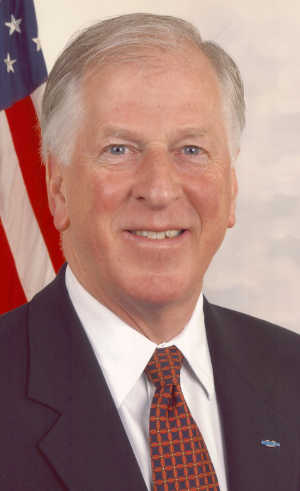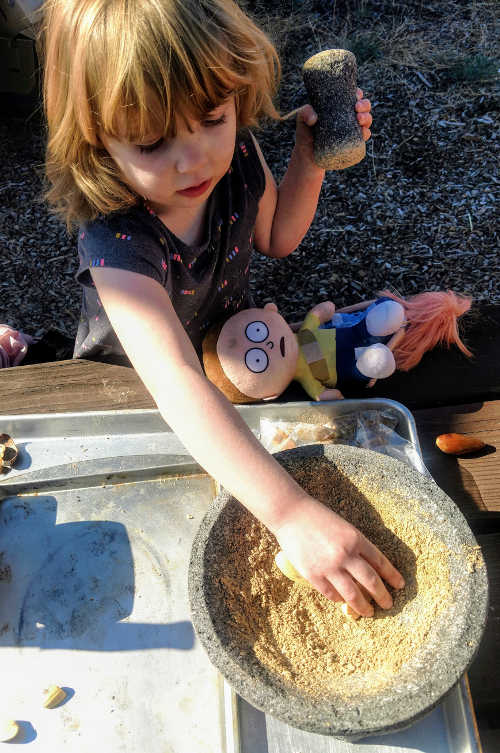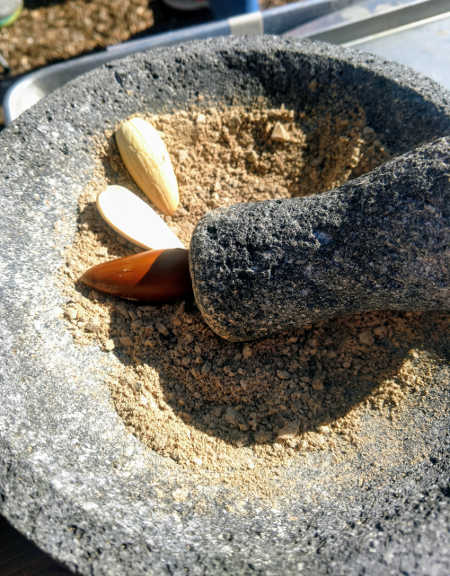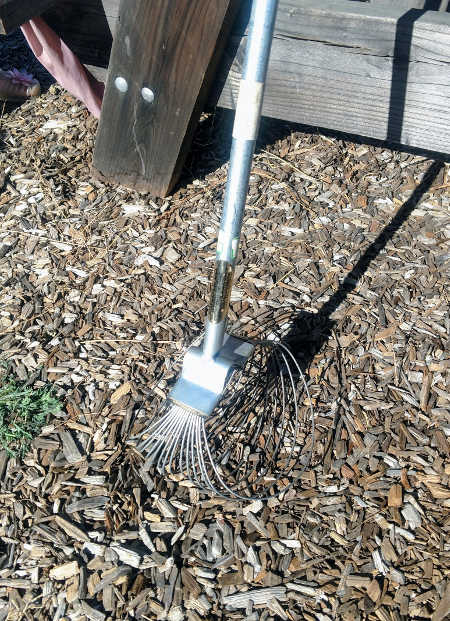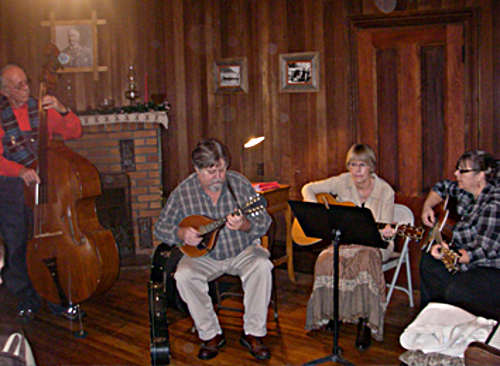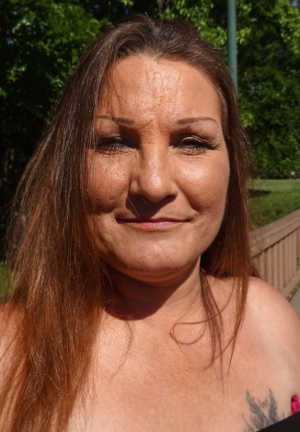- Elizabeth Larson
- Posted On
Clearlake City Council discusses whether to accept roads into city maintained system
CLEARLAKE, Calif. – The Clearlake City Council has directed city staff to create a process for considering whether to accept certain private streets into the city maintained road system.
The council held the discussion, at the request of staff, at its Nov. 14 meeting.
Consulting City Engineer David Swartz explained to the council that the bulk of road development in Clearlake occurred before the city incorporated in 1980; when the city formed, the county turned over a list of streets it maintained.
“We were tasked with looking at that list,” said Swartz, explaining that staff went through the subdivision maps to verify the list and create a reliable nexus, especially for Measure V impacts, and worked with the county surveyor.
Looking back to a 1947 map, Swartz said some streets were offered for dedication through the Subdivision Map Act, some were rejected, some were offered for public use but remain private.
City Manager Alan Flora said almost all of the streets within the city have been analyzed, and the staff wanted direction on how to move forward – whether council members wanted to consider taking streets into the city’s system and under what circumstances.
Former Councilman Chuck Leonard said that for the city to accept a street, the street should be brought up to already designated standards.
“That’s the way it's been done before,” he said, adding that it didn’t seem fair to not be consistent.
Judy Thein, another former council member and mayor, spoke to the council as a resident of the Lake Glenn Subdivision, specifically, the portion of the subdivision that includes 12 residences on Bartram Circle and Garner Lane.
When the subdivision was built in the early 1990s, Thein said there was a decision to have the homeowners keep up the roads. However, that wasn’t mentioned in the CC&Rs and no dues were collected. “So consequently none of that happened.”
Over the years Bartram Circle and Garner Lane have handled more traffic due the construction nearby of the city’s senior center and a county sewer pump station. Thein said that by 2010, the streets were falling apart and cracking.
She said the homeowners got together to patch the roads, which are continuing to have more car trips and also have become the site of additional parking when activities take place at the senior center.
Thein said the residents have had water trucks, dump trucks, cement trucks and other heavy equipment using their streets as a shortcut.
“Our subdivision isn't like any other subdivision,” she said. “We get every type of vehicle you can think of as we are open on both ends.”
Thein said that she learned during her time on the council that once the city does repair work on roads, it has to take them into the system.
She referred to a 2007 Lake County News story about the Lake Glenn Subdivision in which then-City Administrative Officer Dale Neiman said that, based on his research, in 1992 the council said it wouldn’t accept responsibility for the Lake Glenn subdivision’s streets. Later, however, the city began repairing the streets.
Thein said she met with Flora about the matter and he suggested beginning the process with the council.
Councilwoman Joyce Overton asked what Thein’s understanding was about street maintenance when she bought her home. Thein said her neighbors told her that it was the homeowners’ responsibility, but it wasn’t in the preliminary title report nor was it in the CC&Rs.
Vice Mayor Dirk Slooten said it should have been in title report, adding that Lake Glenn probably has the best-looking streets in the city.
Thein said the subdivision’s streets definitely need work now, which is why they are beginning the process with the city.
Slooten said if it’s a private street, residents could close it off to outside traffic. Thein said residents were told if they did that, they would not have any public services.
One of Thein’s neighbors came to offer support, explaining she bought her home two years ago and also wasn’t told it was up to her to pay for the streets.
Supervisor Bruno Sabatier said there are some streets in the city that are considered private yet have businesses located on them, and there also are roads in the Avenues that are public for a few blocks and then private.
He agreed with Leonard that the city should require streets be brought up to certain standards before accepting them into its system, as it would otherwise be a gift of public funds.
Sabatier said that each road would have to be looked at individually, adding he appreciated that the council was having the discussion.
Councilman Phil Harris said he felt the city should try to incorporate as many streets as makes sense. He said he was in favor of taking up accepting roads on a case-by-case basis.
Slooten agreed that they should only accept roads built to an appropriate standard, and said residents could improve their streets to that standard through assessment districts.
“Clearly we all want you to go ahead and come up with a process,” Mayor Russell Cremer told staff, adding that he also agreed with Leonard about street standards.
Flora asked if, in addition to reacting to requests from property owners and neighborhoods, the council wanted staff to be proactive in identifying streets that it could accept.
The council agreed with being proactive, with Harris adding that he wants attention paid to situations where economic development and growth are impacted.
Flora reported that Councilman Russ Perdock – who was absent for the meeting – said two issues were important to him, that roads should be brought up to city standards to be accepted and that if there are unique and complicated issues with the streets, it should be up to property owners to deal with them.
During the discussion, Overton said it wasn’t feasible to expect people to bring the roads up to city standards. Cremer said that, by standards, they didn’t mean installing sidewalks, curbs and gutters.
Overton asked that if it’s a dirt road, would they need to make sure it’s graded before the city accepted it.
Swartz said a lot of dirt road areas would have to account for drainage and clover crossings, so it would be more complex than just grading.
Harris said that he would love to see all the streets in the city paved immediately, but even with Measure V, it’s economically impossible for the city to do that.
He suggested putting together a package on assessment districts and the available resources to help residents.
Flora said the city has 110 miles of publicly maintained roads, some of which are paved, some unpaved. With Measure V, they anticipate bringing city street conditions from a rating of 40 to 85 within 10 years. However, that doesn't include any of the gravel roads or private streets.
The city has about $2 million a year to work with thanks to Measure V, but Flora pointed out that the more roads they have, the more it dilutes their resources.
The council reached consensus to have staff put together a process and a framework to allow property owners to come to the city, with roads to be considered on a case by case basis and brought up to a city standard. They also will be proactive in looking at commercial areas and potential economic development areas and will create a template of resources for assessment districts.
Slooten pointed out that creating assessment districts also raises property values tremendously.
Email Elizabeth Larson at This email address is being protected from spambots. You need JavaScript enabled to view it.. Follow her on Twitter, @ERLarson, or Lake County News, @LakeCoNews.



